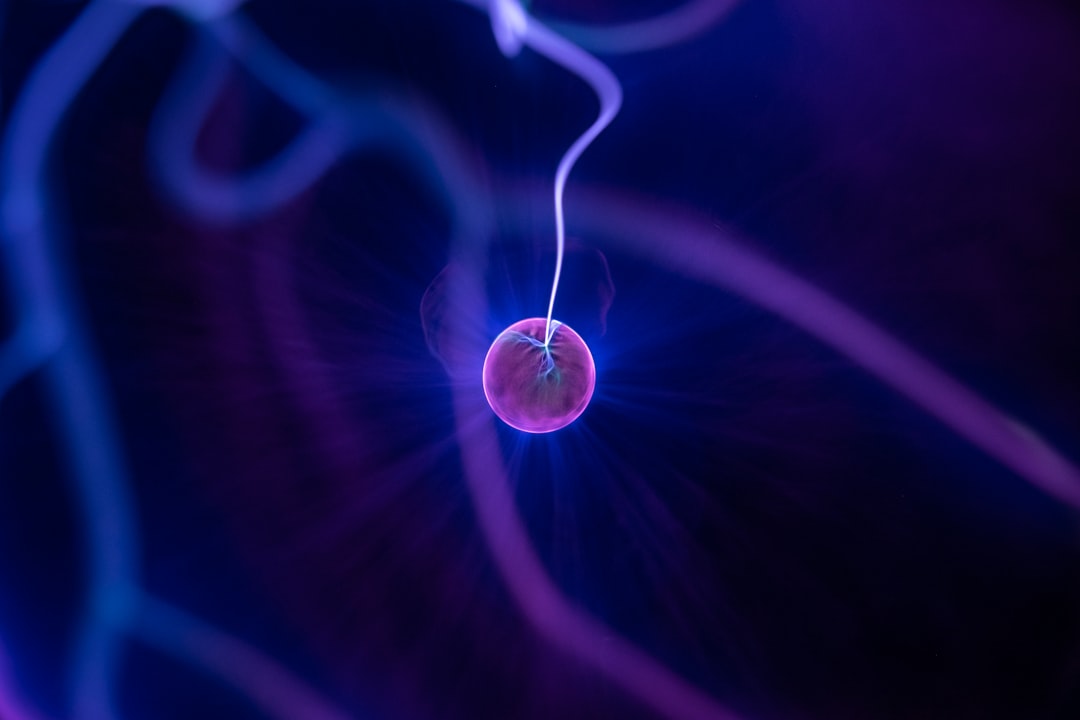What is it about?
In this work, we apply photoelectron spectroscopy to study the electronic structure and mixing characteristics on either side of a liquid flatjet, formed by collision of two cylindrical jets. We demonstrate that mixing is negligible in a well-defined region after impingement, and that either face of the flatjet retains the characteristics of one of the two initial solutions. We anticipate that photoelectron spectroscopy of liquid flatjets will become a valuable tool for studying reacting species in real time.
Featured Image

Photo by DEAR on Unsplash
Why is it important?
Liquid jet photoelectron spectroscopy has proven to be a powerful technique for studying the electronic structure of liquids and solutions, and in particular for water. By demonstrating the suitability of this technique for measuring liquid flatjets, we open up new possibilities to study mixed and reacting solutions and to study the formation of reaction products in real time, which would not have been possible using traditional approaches.
Read the Original
This page is a summary of: Photoelectron spectroscopy from a liquid flatjet, The Journal of Chemical Physics, June 2023, American Institute of Physics,
DOI: 10.1063/5.0155182.
You can read the full text:
Resources
Contributors
The following have contributed to this page










